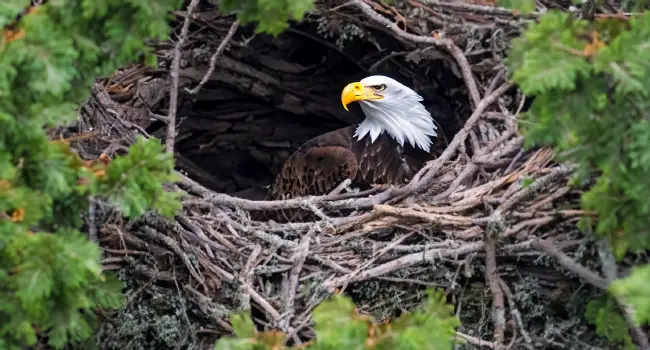Conservation Drones

Over the past decade, drones have become a popular tool for conservationists and environmentalists seeking to monitor and protect the natural world. From tracking endangered species to mapping deforestation, drones have proven to be an invaluable tool for conservation efforts around the globe.
One of the most significant advantages of drones is their ability to access remote and hard-to-reach areas, providing valuable data and information that would otherwise be difficult or impossible to obtain. For example, drones can be used to survey large areas of forest or ocean, providing detailed maps of terrain and wildlife populations that would take months or years to gather using traditional methods.
Drones can also be used to monitor and protect endangered species. Conservationists can use drones equipped with cameras to track animal movements and behavior, helping to identify patterns that can inform conservation efforts. This can be particularly useful for tracking animals that are difficult to see, such as nocturnal animals or those that live in dense forested areas.
Drones can also be used to monitor the impact of human activity on wildlife and ecosystems. For example, drones can be used to detect illegal logging, fishing, and mining operations that can cause significant damage to the environment. Conservationists can then use this data to advocate for more robust regulations and enforcement efforts.
Despite their many benefits, drones also present some challenges for conservationists. One of the most significant challenges is the risk of disturbing wildlife. Drones can be noisy and disruptive, causing animals to flee or behave differently than they would in the absence of the drone. This can make it difficult to collect accurate data and can also lead to unintended harm to wildlife.
Another challenge is the cost of drones and the expertise required to operate them. Drones can be expensive, and it can take significant training and experience to operate them effectively. Additionally, many countries have regulations governing the use of drones, which can limit their use in certain areas.
Despite these challenges, the use of drones in conservation efforts is likely to continue to grow in the coming years. As technology improves and becomes more affordable, drones will become even more valuable tools for conservationists. With their ability to collect real-time data from hard-to-reach areas, drones have the potential to revolutionize conservation efforts and help protect the environment for generations to come.

